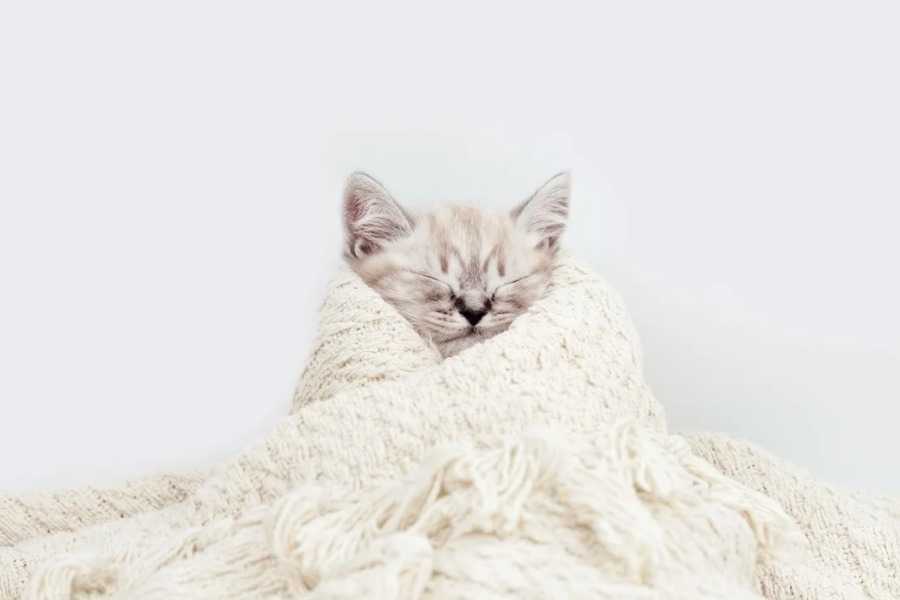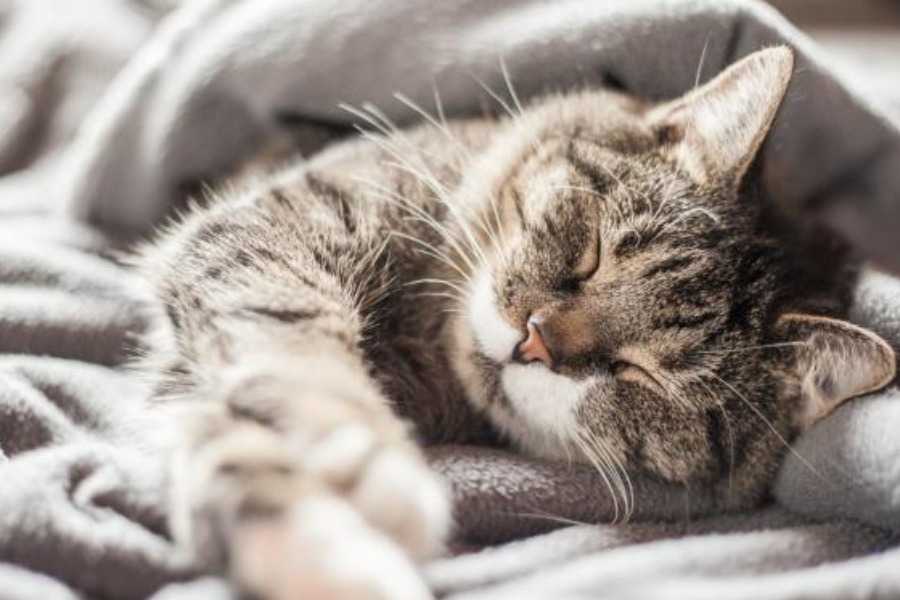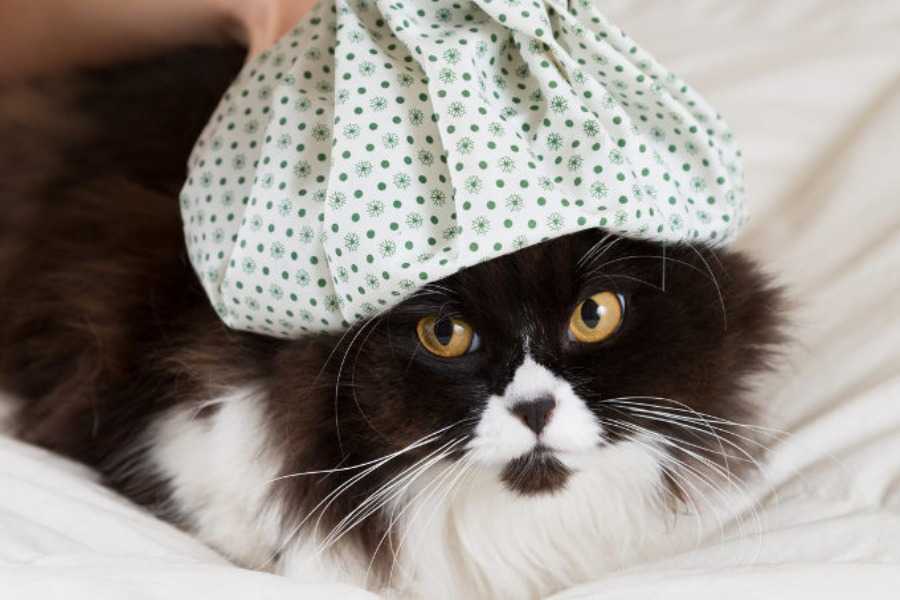Is My Cat Too Cold?

As pet owners, we often wonder about the comfort of our furry friends, especially when the weather takes a turn for the worse. Cats, unlike us, don’t have the luxury of changing their coats with the seasons.
So, how do we know if our cat is cold and what can we do to protect them from low temperatures?
This comprehensive guide will provide you with all the necessary information and practical tips to ensure your feline friend stays warm and cozy.
Understanding Your Cat’s Sensitivity to Cold

Yes, cats can indeed get cold. They are more sensitive to changes in temperature than we are, especially if they’re used to living indoors. Hairless cat breeds, cats with a compromised immune system, and senior cats require particular care.
While we know that the maximum temperature a cat can bear is 50 degrees Celsius (122 degrees Fahrenheit), it’s not well known how much cold they can endure. The ideal temperature for cats is between 30 and 38 degrees Celsius (86 to 100 degrees Fahrenheit).
Depending on the breed and health status of the cat, they can start to feel cold once it gets below this temperature range.
Factors like humidity, wind, whether they live indoors or outdoors, and what sort of shelters they have for protection also play a significant role. If you’re not sure whether your cat is cold, we explain how you can tell in the next section.
Recognizing the Signs of a Cold Cat

One of the main indicators a cat is cold is when we see them take refuge in the warmest places in the home to curl up and rest. If you have blankets on the couch or bed, they often seem the most cozy and inviting. They are more likely to lie near a fireplace, radiator, or even in the sun’s rays.
Another way to check if a cat is cold, and one of the quickest, is to check the temperature of their extremities, especially the tips of their ears, the tip of their tail, and their paw pads. Shivering is also a fairly clear sign of being cold.
Finally, cats also significantly decrease their activity levels when they are cold, so it’s likely you will see them resting even more than usual. If you notice any of these signs, it’s time to take action to warm up your feline friend.
Practical Tips to Protect Your Cat from the Cold

To begin with, you must offer them an adequate and balanced diet so they’ll be much healthier and able to withstand the cold better. If your cat usually has access to the outside, it’s recommended that you give them an extra supply of energy when you feed them in winter. This will help maintain their body temperature.
Another point to keep in mind is that you must put the heating on and maintain a warm and comfortable environment. You can also open the curtains and blinds so that the sun’s rays enter and your cat can lie down to warm up.
You will also need to provide them somewhere comfortable to rest. If you leave the house regularly, you’ll need to keep several strategic places for the cat to take shelter when you’re gone. These places should be equipped with a bed, blankets, and even a hot water bottle when it is sufficiently cold, especially if they have little hair or no hair.
If your cat is in this latter category, you should also buy them special winter clothes. Keep the home in a suitable condition and climate whether you’re home or not.
For more tips on how to protect your cat in winter, you can check out our other articles on pawsadviser.com, such as why my cat has watery eyes and do I need to visit a vet, which can help you understand if your cat’s watery eyes are due to the cold or other health issues.
The Consequences of Cold: What Happens If My Cat Is Too Cold?

The main consequence of cats in low temperatures is getting a cold or even hypothermia. If your cat produces more mucus than normal through their nose, has red or watery eyes, sneezes regularly, and their activity levels drop, it’s possible they have a cold.
If this state persists, it’s recommended they are taken to the vet for diagnosis and to determine if a course of treatment is necessary. You can learn more about the warning signs your cat might be giving you in our article 21 warning signs your cat is crying for help.
If a cat has been exposed to extremely low temperatures, it’s possible they will become hypothermic. The main symptoms are constant shivering, muscle stiffness, altered vital signs, and shortness of breath. This is considered a veterinary emergency, so you need to keep them warm and take them to a clinic immediately. Deferred intervention can be life-threatening.
Conclusion: Ensuring Your Cat’s Comfort in Cold Weather

Understanding your cat’s comfort in cold weather is crucial for their health and well-being. By observing their behavior and taking necessary precautions, you can ensure that your feline friend stays warm and cozy during the colder months.
Remember, your cat’s health should always be a priority. If you notice any signs of discomfort or illness, don’t hesitate to consult with a vet. For more information on cat health and behavior, feel free to explore our other articles on pawsadviser.com.
Stay tuned for more pet advice and remember, a warm cat is a happy cat!
Tags
Share
Table Of Contents
Related Posts
Quick Links

